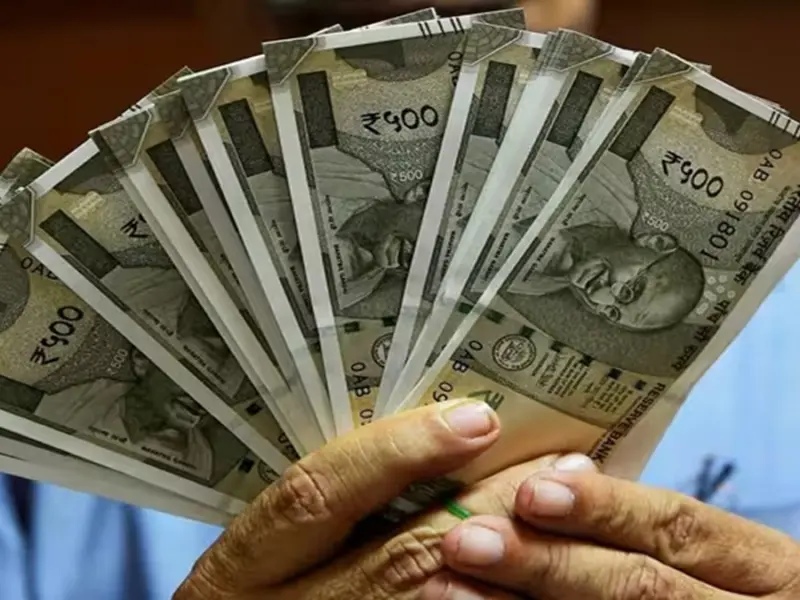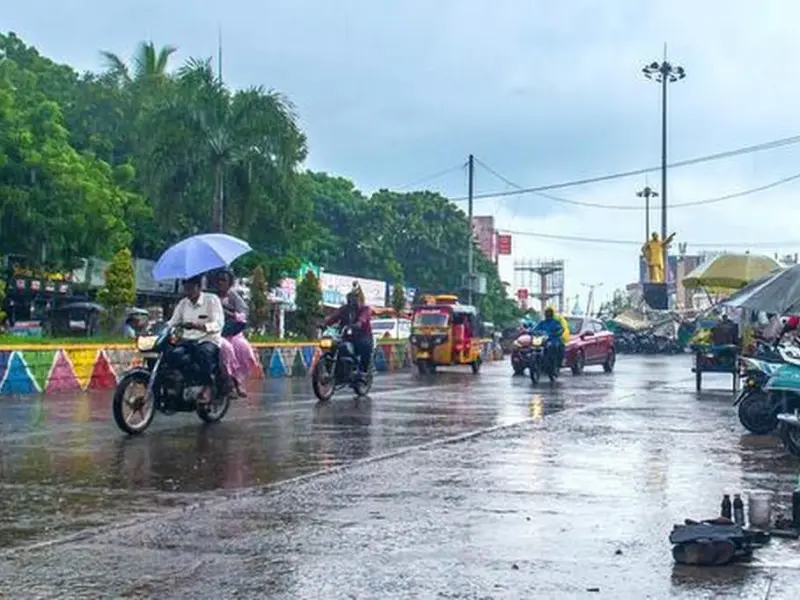The Indian Railways has made significant progress on the Rishikesh-Karnaprayag new rail line, which is set to revolutionize travel in the Devbhoomi of Uttarakhand. With 70% of the construction completed, the project promises to offer a faster, more efficient, and environmentally friendly alternative to road transport.
Project Progress
Current Status
According to Indian Railways, 70% of the Rishikesh-Karnaprayag rail line construction is complete. The project is expected to be operational by 2025, allowing trains to begin passenger services along this route. This rail line, designed for a lifespan of 99 years, will significantly reduce travel time and enhance connectivity.
Time and Fuel Efficiency
Traveling from Rishikesh to Karnaprayag by train will take only 1.5 to 2 hours, compared to the current 4.45 to 5 hours by road (NH-58). This reduction in travel time is expected to save approximately ₹20 crores annually in fuel costs. Additionally, the rail line will help preserve the environment of the mountainous region by reducing vehicular emissions.
Key Features
Infrastructure
The Rishikesh-Karnaprayag rail line spans 125 kilometers, with over 105 kilometers passing through tunnels and 18 major railway bridges constructed. This extensive tunneling ensures minimal disruption to the natural landscape and provides a safe and efficient route through the challenging terrain.
Economic and Employment Impact
Job Creation
The construction and maintenance of the rail line will provide substantial employment opportunities. Currently, around 6,400 workers are engaged in the project. Once operational, it is expected to create 450 permanent jobs in maintenance and operations, along with indirect employment for approximately 1,800 people in tourism, markets, and transportation sectors between Rishikesh and Karnaprayag.
Environmental Benefits
The rail line will significantly reduce the number of vehicles on the road. On average, 645 passenger car units (PCUs) travel daily between Rishikesh and Karnaprayag, consuming around 16,125 liters of fuel and costing approximately ₹29.43 crores annually. With the new rail line, a shift of 60% of passengers and freight from road to rail is anticipated, resulting in a substantial reduction in fuel consumption and associated costs.
Benefits to Char Dham Pilgrimage
The Rishikesh-Karnaprayag rail project will traverse the districts of Dehradun, Tehri Garhwal, Pauri Garhwal, Rudraprayag, and Chamoli. This improved connectivity will greatly benefit pilgrims traveling to the Char Dham (Yamunotri, Gangotri, Kedarnath, and Badrinath), providing a faster and more convenient mode of transportation.





